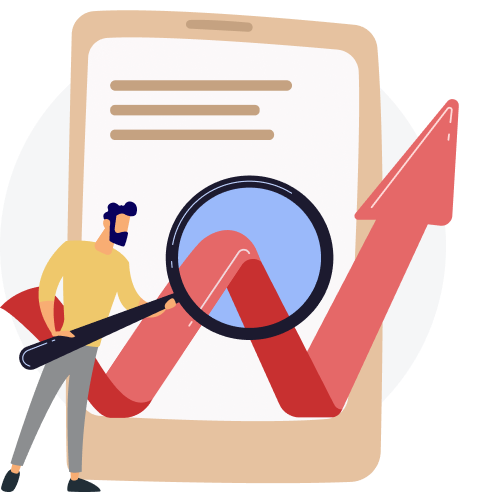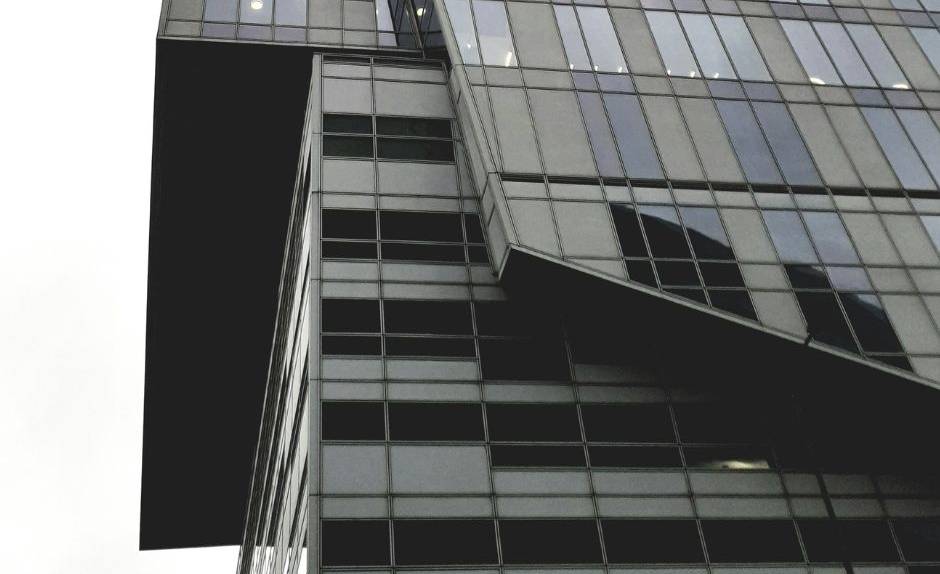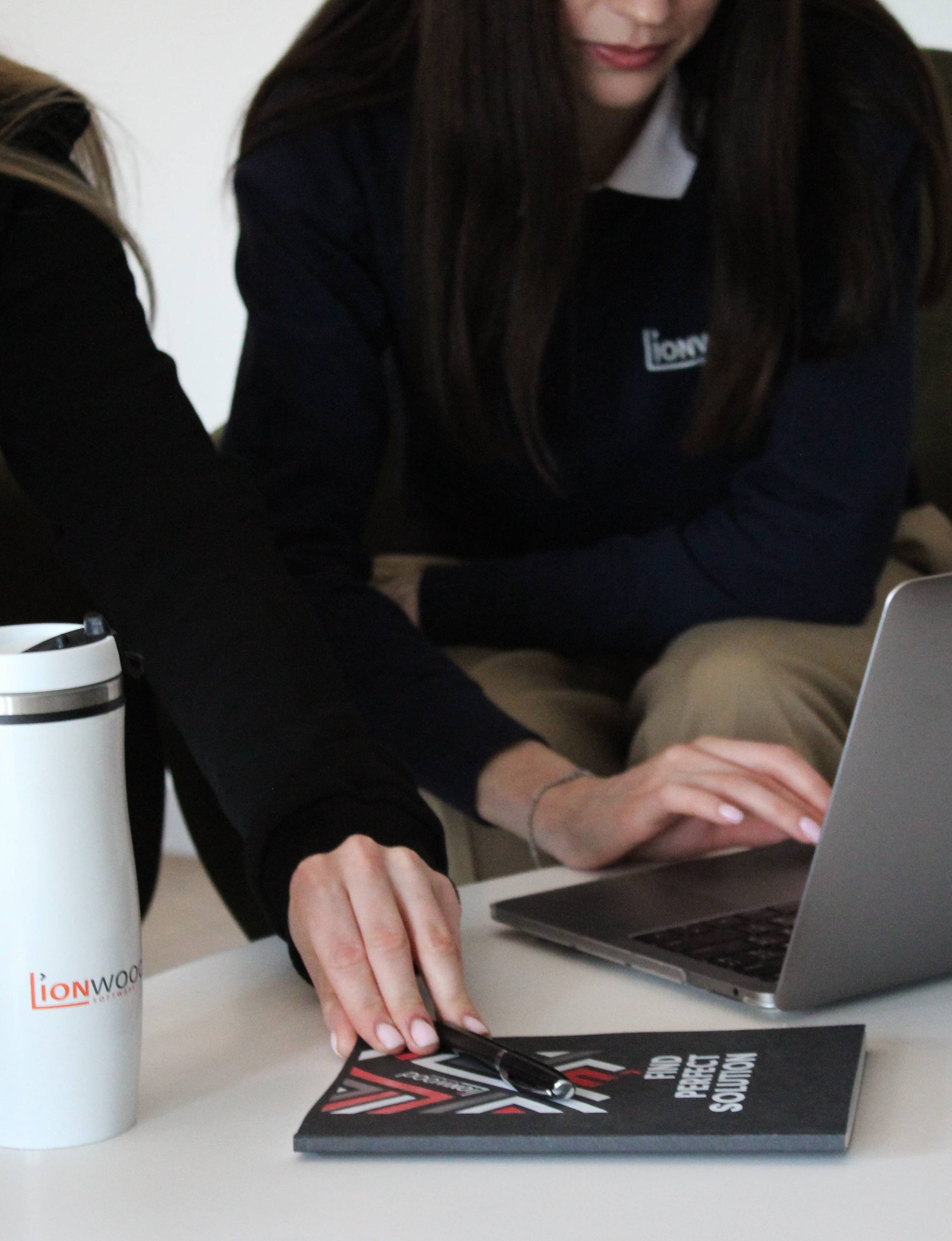Product Discovery Phase Services
While launching a new software product as fast as possible is a priority for many businesses, what’s even more important is the product-market fit. After all, when we recognize that 90% of startups fail, it’s implicit that the main culprit was lack of market need. There’s an antidote to this, though, and it’s the step zero in software development, the discovery phase.
Discovery phase services include creating a blueprint for the future product, defining and prioritizing its features and aspects, and creating a prototype before getting to coding. Additionally, this step is crucial for determining the roadmap for the actual development, saving thousands of dollars on undesirable reworks along the way. Since Lionwood often focuses on unique projects, we have accumulated considerable expertise to offer in securing the ROI on the future product at this very stage.

Why Is the Discovery Phase Important in Software Development?
The importance of product discovery phase service for software development is luckily no longer underestimated: it’s the stage where you align business objectives with project requirements, i.e. what the product seems to have to look like with what your business wants to achieve with it. More often than not, this vision needs to be refined to avoid risks and optimize resource allocation early on.
This is why it includes researching the actual user needs, market analysis, as well as defining the ideal scope. While the discovery phase only accounts for about 5-10% of the overall project budget, it helps prevent unwanted rework costs later on, while ensuring the product will be actually adopted by users.
The benefits of the product discovery phase include:
-
Clear project scope
The discovery phase helps define the project’s scope, reducing the risk of scope creep and setting clear expectations for stakeholders.
-
Risk mitigation
Identifying potential challenges early on minimizes the likelihood of costly issues later in the development process.
-
Accurate budget and timeline
Detailed planning allows for a more precise estimation of costs and timelines, helping to prevent budget overruns and deadline extensions.
-
Enhanced user focus
By analyzing user needs and behaviors, the project discovery phase ensures the final product is better aligned with the target audience’s expectations.
-
Improved stakeholder alignment
Engaging stakeholders early on allows for a shared understanding of goals, so that there are fewer misunderstandings and better communication.
-
Resource optimization
Clear requirements and priorities translate to more sensible resource allocation, where every dollar is invested into attaining the goal.
-
Stronger investor confidence
For startups, well-executed product discovery demonstrates strategic planning, improving the likelihood of securing funding.
When would you need Discovery Phase Services?
Enterprises with complex large-scale projects
If your company has to manage interconnected systems of departments, and the solution you need is supposed to facilitate workflows between them, the discovery phase is truly invaluable. Ensuring that every technical requirement is properly defined and prioritized means the resulting product will do the thing it was intended for and facilitate, not disrupt, the operations. Plus, there’s less risk of project delays or cost overrun, since the architecture of the future system is meticulously designed early on.


Startups treading new ground
Being a trailblazer can be risky, since visionary ideas are usually vague at first. This is where discovery services help shape broad concepts into actionable plans, validating ideas, performing a reality check, and mapping out a realistic roadmap. These are all prerequisites not just for aligning investors and team members around a clear goal, but also for ensuring the product development process will be more methodical and potentially resemble a straight line leading to the viable product.
Developing highly user-centric products and apps
User adoption is important for any software solution; in user-centric products like mobile apps, it’s the number one factor for project success. If your future product is designed for a broad audience outside your organization, software discovery is crucial for in-depth target audience research. Market analysis can uncover a lot, like making sure if you’re not reinventing the wheel, or what will actually differentiate your product from the competitors. This means refined user experiences, but also hundreds of hours of paid working time before launch.

PROCESS
 Background analysis
Background analysis
We start with analyzing the market, target audience, determining the product-market fit, and researching competition to understand the context and increase project feasibility.


 Goals and requirements
Goals and requirements
At this stage, we align the project requirements (both functional and non-functional) with business goals in close collaboration with the client.


 Prioritization and scoping
Prioritization and scoping
This is where we use our expertise and industry best practices to assess the importance of features and their priority, which helps define the project scope so the high-impact features are implemented first and the entire development cycle is as lean as possible.


 Technical analysis
Technical analysis
This step is about defining the system architecture, picking the right tech stack for implementation, the range of possible integrations and other factors, and optimizing that choice to make it realistic and feasible.


 Design (wireframes, mockups)
Design (wireframes, mockups)
UX designers create clickable mockups and wireframes that serve as a blueprint for the future product and allow to refine the understanding of the smaller details in user journeys.


 Roadmap and estimation
Roadmap and estimation
At this stage, we have enough data to provide a comprehensive roadmap for the project, with estimated timelines, team composition, resources, and costs, that will guide the entire implementation team further in the development process.
Product Discovery Team
- Tech Lead, who oversees the technical direction of the project, ensuring the feasibility and alignment of technology solutions with project goals.
- Project Manager: Responsible for organizing and coordinating the discovery phase, ensures that timelines, resources, and communications are effectively managed.
- Business Analyst, who gathers and translates business requirements into actionable insights, bridging the gap between business needs and technical specifications.
- UX Designer, who focuses on user research and creating wireframes or prototypes to ensure the product’s design meets user expectations and enhances usability.
- Architect, who designs the high-level structure and integrations of the software system, ensuring scalability, security, and alignment with technical requirements.
- Software Engineers, who provide input on technical feasibility and potential development challenges, contributing to a realistic and well-informed project roadmap.

Deliverables
-
Validation
Validation ensures that the project concept is feasible, aligns with user needs, and addresses market demand effectively.
-
Market Analysis
This deliverable provides insights into industry trends, competitor offerings, and target audience behaviors to guide the product’s strategic positioning.
-
Proof of Concept
A Proof of Concept demonstrates that a key feature or technical component of the project is viable and functional in a basic, testable format.
-
Mockups
Mockups are detailed visual representations of the user interface, showing design elements and layouts as they would appear in the final product.
-
Wireframes
Wireframes are sketches of the product’s layout and structure, focusing on content placement and user flow without detailed design elements.
-
Project Plan and Estimation
Estimation provides a high-level projection of the resources, effort, and time required for project completion.
-
Budgeting
Budgeting outlines the expected costs of the project, broken down by resources, tools, and other expenses.
-
Timeframes
Timeframes define the project’s key milestones and deadlines, setting expectations for delivery and progress tracking.
Why choose us

-
The leading web development service company
-
89 successfully launched startups
-
4.9/5 Clutch ratingView on
-
75% of our talent are Middle and Senior specialists
-
Agile approach
-
Strong knowledge of English
-
Large talent pool
-
Progressive technologies
Our Approach
Focus on user adoption
A lot of conscious effort on our side is dedicated to ensure that whatever software we help create will be actually adopted by users. The world is full of platforms and apps, but finding the perfect app is sometimes challenging – and that’s where we help your business build it. To achieve this result, we combine meticulous research at the discovery phase, prioritization of user experiences and journeys, and the understanding that the software must, first of all, do the thing it’s expected to do impeccably.
Strategy-first mindset
Developing software for its own sake might be a fun activity to some – but business goals are normally the cornerstone of every project. We have developed a culture of constantly keeping the true objectives in mind and aligning the technical features with them at all times. With us, your product will stay true to its purpose. This seemingly simple imperative has saved our clients considerable resources that can often be otherwise consumed when the team gets carried away – resources that can work to improve what really matters in the software you’re creating.
Proper planning as an asset
It is better to invest less effort but earlier on, at the planning stage, than invest more but later on, to set things right when something’s amiss. This is why we view proper planning and product discovery as an asset: in the real world, it corresponds to hundreds of hours of paid work. Setting clear goals at the start allows you to keep these assets intact and ready to use to achieve even greater things.
The Industries We Work With
To find a perfect solution











